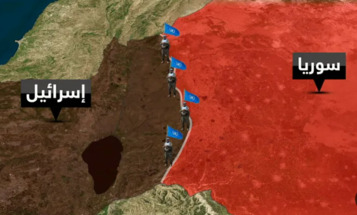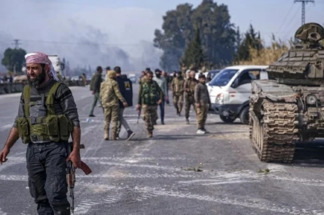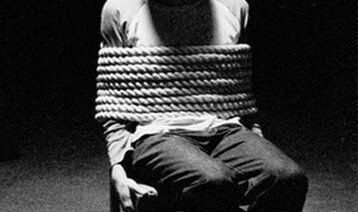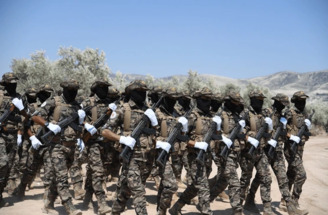-
Crisis in Iran: Around 800,000 Students Absent as the New School Year Begins
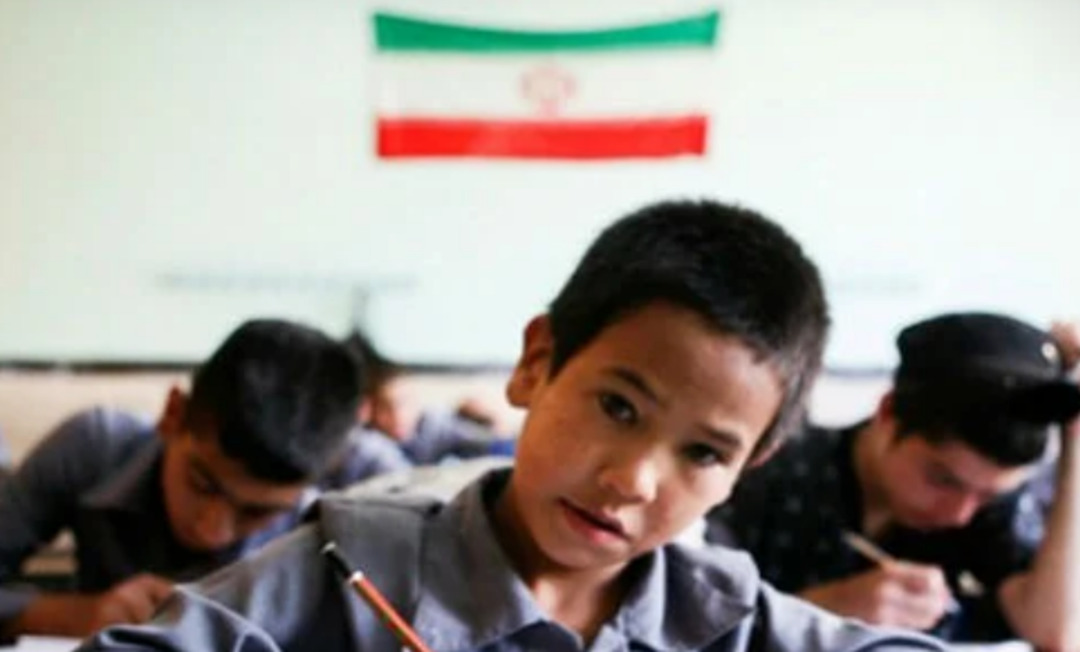
*By Saeed Abad*
As the new school year commences in Iran, alarming statistics reveal that 790,000 students have not returned to classrooms, highlighting a burgeoning crisis in the country's education system. According to Mohammad Alavi Tabar, Deputy Director of the Educational Research and Planning Organization, 890,000 students have not yet requested their textbooks, and among this group, 790,000 have not registered in schools. Even among those who have enrolled, the fate of 100,000 students remains uncertain, as they have not yet applied for their textbooks.
In a country where over 16 million students are expected to attend school this year, this widespread absence indicates a growing challenge. Approximately 9.2 million children are enrolled in primary schools, 3.8 million in secondary schools, and 2.9 million in high schools. However, structural issues within Iran's educational system, including unequal access to resources, an expanding gap between public and private schools, and a severe shortage of teachers, contribute to rising dropout rates.
**Rural and Disadvantaged Schools Face Stark Challenges**
In recent weeks, images have emerged depicting the dire conditions of schools in rural and disadvantaged areas. Impassable roads endanger students' lives, and many schools lack even the most basic educational facilities, raising questions about academic equity in Iran. The challenges are particularly severe in provinces like Sistan and Baluchestan, where students face disproportionately low success rates due to limited educational opportunities.
A report released in May 2023 revealed that during the 2021-2022 school year, nearly 11% of primary school students failed to complete their studies. The success rate in Sistan and Baluchestan was the lowest, with only 75% of students finishing their education. Similarly, 12% of secondary school students in the region did not pass their final exams, marking the lowest rate in the country.
**Teacher Shortages and Deteriorating Conditions in Public Schools**
One significant factor contributing to the education crisis is the shortage of teachers at all educational levels. Overcrowded classrooms are the norm, especially in deprived areas, forcing the Ministry of Education to fill gaps by rehiring retired teachers and recruiting those with little motivation to teach. The ministry's inability to offer competitive salaries has led to union protests, further diminishing teachers' morale.
Public school students are increasingly deprived of essential educational resources, while nonprofit private schools impose high tuition fees and offer special privileges to students from wealthier families. This stark disparity in access to quality education exacerbates educational inequality, as private schools only accept those who can afford exorbitant costs and pass rigorous entrance exams.
**Economic and Political Pressures on Teachers and Students**
The difficulties faced by the education system in Iran are compounded by increasing political pressures on teachers and educators. Over the past decade, especially in the last two years, cultural and educational communities in Iran have faced heightened repression by the regime. Many teachers have been dismissed or summoned for their union activities, and some school principals and teachers have been removed from their positions. This political pressure, alongside low salaries and lack of resources, has created a challenging environment for both teachers and students.
Additionally, the regime's ideological influence on the curriculum has undermined the quality of education. Textbooks are frequently revised to promote state ideology, making it difficult for teachers to keep up with changes and diminishing their mastery of the material. This manipulation of curricula has led to a significant decline in academic performance nationwide.
**Educational Decline Reflected in Student Performance**
The effects of these challenges are evident in the declining performance of Iranian students. Ali Reza Monadi, the former head of the Education and Research Committee in Parliament, disclosed that the average GPA of Iranian students has dropped to 11.5. Furthermore, the percentage of students from public schools who passed the national university entrance exam has decreased. According to the latest data from the 2024 entrance exam, only seven percent of top-performing students came from public schools, with only two of the top 30 students attending public institutions.
The decline in academic performance among Iranian students, combined with high dropout rates and glaring inequalities in access to educational resources, underscores the urgent need for comprehensive reform in Iran's education system. Without addressing these systemic issues, millions of students will continue to lag behind, and the gap between public and private education will widen.
*Saïd Abad is a member of the Foreign Affairs Committee of the National Council of Resistance of Iran; a human rights activist, and an expert on Iran and the Middle East.*
Tags
You May Also Like
Popular Posts
Caricature
BENEFIT Sponsors BuildHer...
- April 23, 2025
BENEFIT, the Kingdom’s innovator and leading company in Fintech and electronic financial transactions service, has sponsored the BuildHer CityHack 2025 Hackathon, a two-day event spearheaded by the College of Engineering and Technology at the Royal University for Women (RUW).
Aimed at secondary school students, the event brought together a distinguished group of academic professionals and technology experts to mentor and inspire young participants.
More than 100 high school students from across the Kingdom of Bahrain took part in the hackathon, which featured an intensive programme of training workshops and hands-on sessions. These activities were tailored to enhance participants’ critical thinking, collaborative problem-solving, and team-building capabilities, while also encouraging the development of practical and sustainable solutions to contemporary challenges using modern technological tools.
BENEFIT’s Chief Executive Mr. Abdulwahed AlJanahi, commented: “Our support for this educational hackathon reflects our long-term strategic vision to nurture the talents of emerging national youth and empower the next generation of accomplished female leaders in technology. By fostering creativity and innovation, we aim to contribute meaningfully to Bahrain’s comprehensive development goals and align with the aspirations outlined in the Kingdom’s Vision 2030—an ambition in which BENEFIT plays a central role.”
Professor Riyadh Yousif Hamzah, President of the Royal University for Women, commented: “This initiative reflects our commitment to advancing women in STEM fields. We're cultivating a generation of creative, solution-driven female leaders who will drive national development. Our partnership with BENEFIT exemplifies the powerful synergy between academia and private sector in supporting educational innovation.”
Hanan Abdulla Hasan, Senior Manager, PR & Communication at BENEFIT, said: “We are honoured to collaborate with RUW in supporting this remarkable technology-focused event. It highlights our commitment to social responsibility, and our ongoing efforts to enhance the digital and innovation capabilities of young Bahraini women and foster their ability to harness technological tools in the service of a smarter, more sustainable future.”
For his part, Dr. Humam ElAgha, Acting Dean of the College of Engineering and Technology at the University, said: “BuildHer CityHack 2025 embodies our hands-on approach to education. By tackling real-world problems through creative thinking and sustainable solutions, we're preparing women to thrive in the knowledge economy – a cornerstone of the University's vision.”
opinion
Report
ads
Newsletter
Subscribe to our mailing list to get the new updates!

